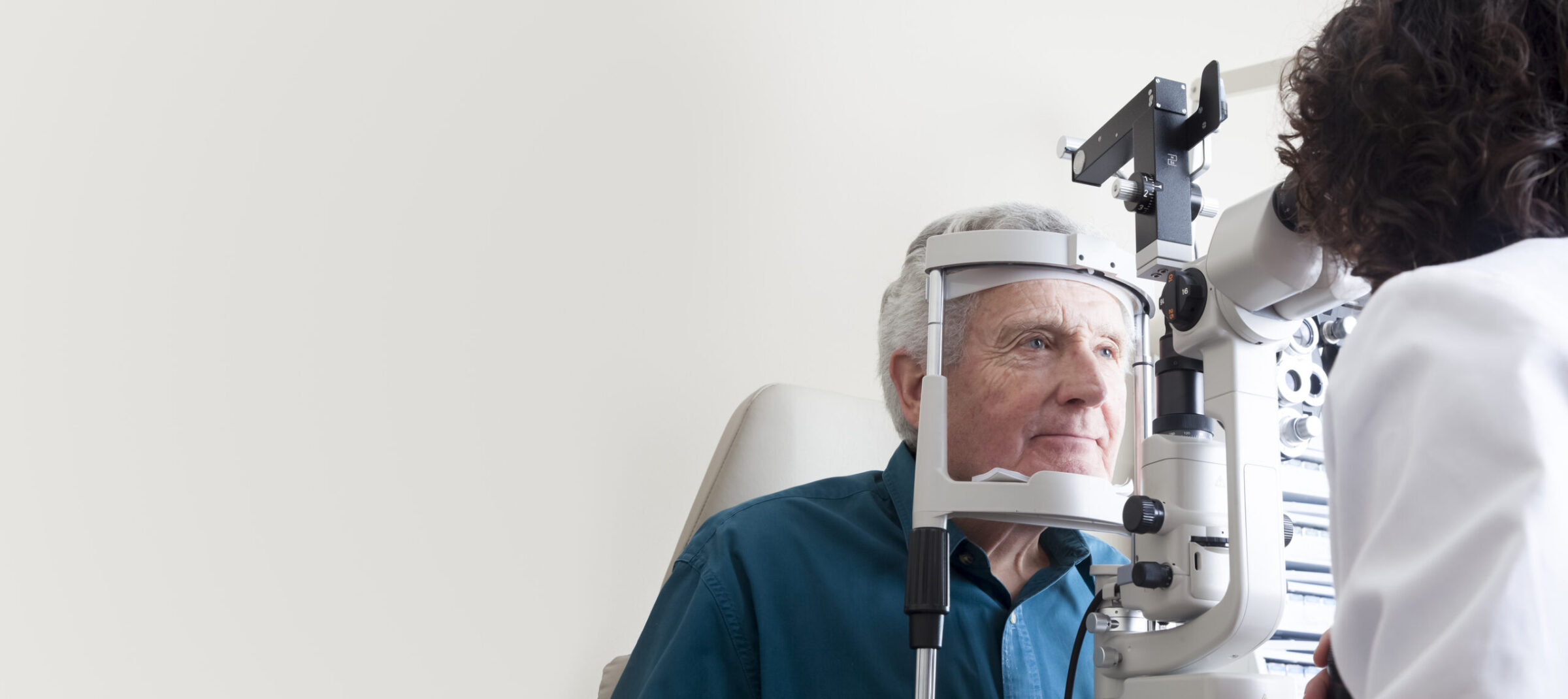A cataract is a cloudy area in the lens of the eye that interferes with vision. It can cause color to seem faded, blurry vision, and trouble seeing. If left untreated they can interfere with vision and make driving, reading, and other everyday activities difficult or unmanageable. Left untreated they can eventually lead to blindness. The major cause of cataracts is aging, but they can be hastened by health factors like diabetes and smoking.
While aging cannot be reversed the effects of age can be slowed down by lifestyle choices and proper food and nutrition. In this excerpt from the book, “Real Cause, Real Cure by Jacob Teitelbaum MD and Bill Gottlieb CHC the doctors talk about vitamins, antioxidants, and simple choices that slow down the development of cataracts.
Cataracts
The lens of the eye—the part that allows us to focus—is filled with clear, liquid-containing proteins. If those proteins start to denature (that is, if they start to lose their structural integrity) they become cloudy, which blurs vision.
Most cataracts are caused by aging: 50 percent of Americans over 65 years old and 70 percent over 75 have them. This process is hastened by diseases such as diabetes and high blood pressure.
Real Cure Regimen
Cataracts aren’t dangerous, but they do impair vision. If you’re developing one, here are some ways to stop or reverse the process. Start them today—and them for the rest of your life.
•Maximize the right nutrients. High-sugar diets speed up denaturing; low-sugar diets protect the lens. But you also want to optimize your intake of eye-protecting zinc, vitamin B2, and vitamin C, which can help prevent the denaturing of the protein. Research shows, for example, that 80 percent of cataract patients may have a riboflavin (B2) deficiency (compared to 12 percent of people who don’t have cataracts), and that supplementing with 3 milligrams of riboflavin helps prevent cataracts.
In a landmark 10-year study published in the American Journal of Clinical Nutrition, researchers analyzed diet and health data from 3,653 people age 49 or older, and found that those with the highest intake of vitamin C from food and supplements were 45 percent less likely to develop cataracts. They also found that a high combined intake of the antioxidants vitamin C and E, beta-carotene, and zinc lowered risk by 49 percent.
Zinc, B2, vitamin C, and many other nutrients are found in optimal levels in the Energy Revitalization System multinutrient powder or Clinical Essentials multinutrient supplement by Terry Naturally.
•N-Acetylcarnosine. Begin with this treatment—an antioxidant that reduces inflammation, thereby protecting the lens. It’s found in eyedrops called Can-C. Use one or two drops in each eye, twice a day. In a placebo-controlled study published in Rejuvenation Research, Can-C was quite effective in slowing the growth of cataracts, and reduced glare by 27 percent to 100 percent. (In some people it completely eliminated glare caused by cataracts!)
•Take higher doses of vitamin A, around 25,000 to 50,000 IU daily. One ophthalmologist jokingly complained that his cataract surgery income dropped by two-thirds when he started adding vitamin A to his patients’ regimens. Use vitamin A and not beta-carotene.
Caution: This is a high dose, and shouldn’t be taken by children, women of childbearing age (it can cause birth defects), or people with liver disease, such as hepatitis C or cirrhosis.
•Use bilberry, 80 to 160 milligrams, three times daily. An extract of this antioxidant-rich berry has a long history as an eye-strengthening remedy. In an animal study,
Russian researchers found that bilberry extracts “completely prevented” cataracts in animals bred to develop the problem, according to a report in the journal Advances in Gerontology. Use a standardized 25 percent extract.
•Wear sunglasses on bright days. They help stop sunlight from damaging the lens.
For more ways to fix root causes of common health problems, purchase Real Cause, Real Cure from Bottomlineinc.com.


